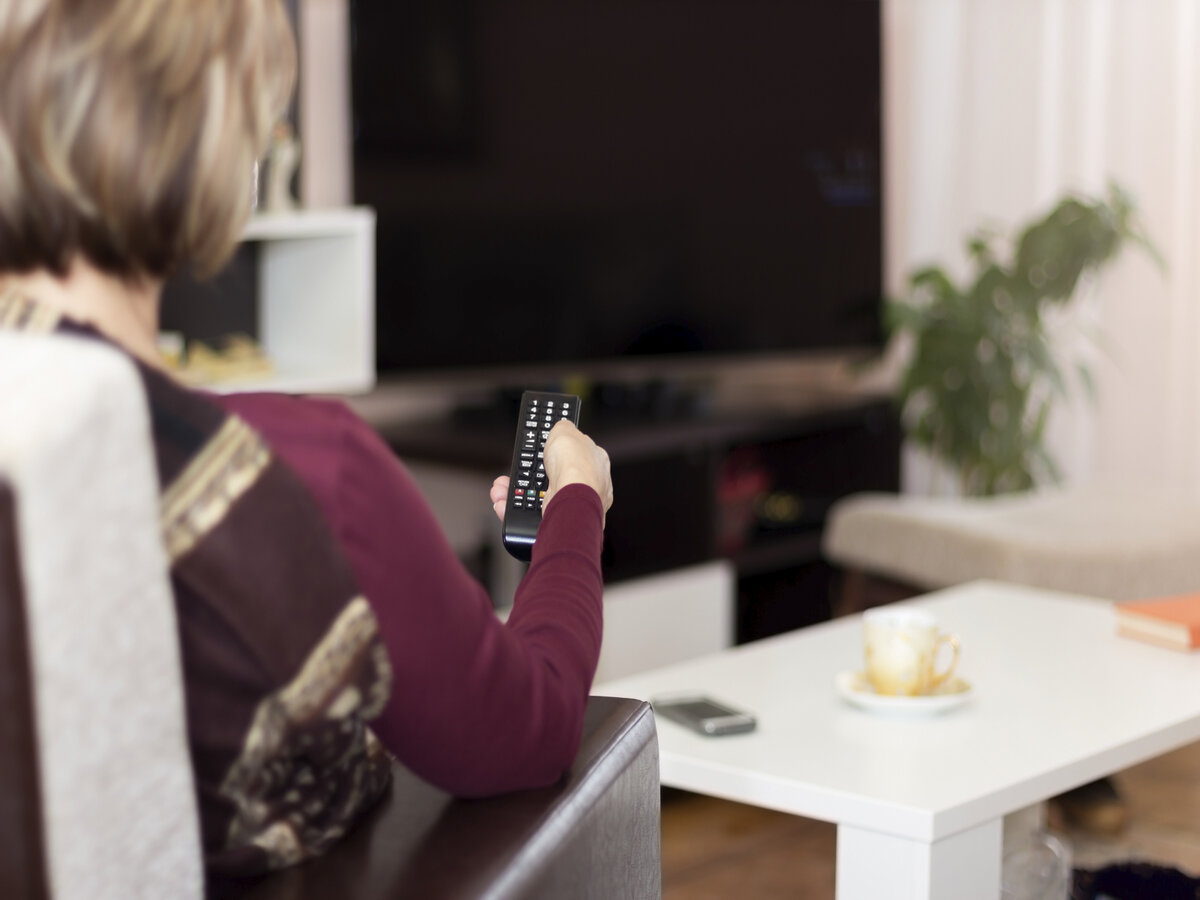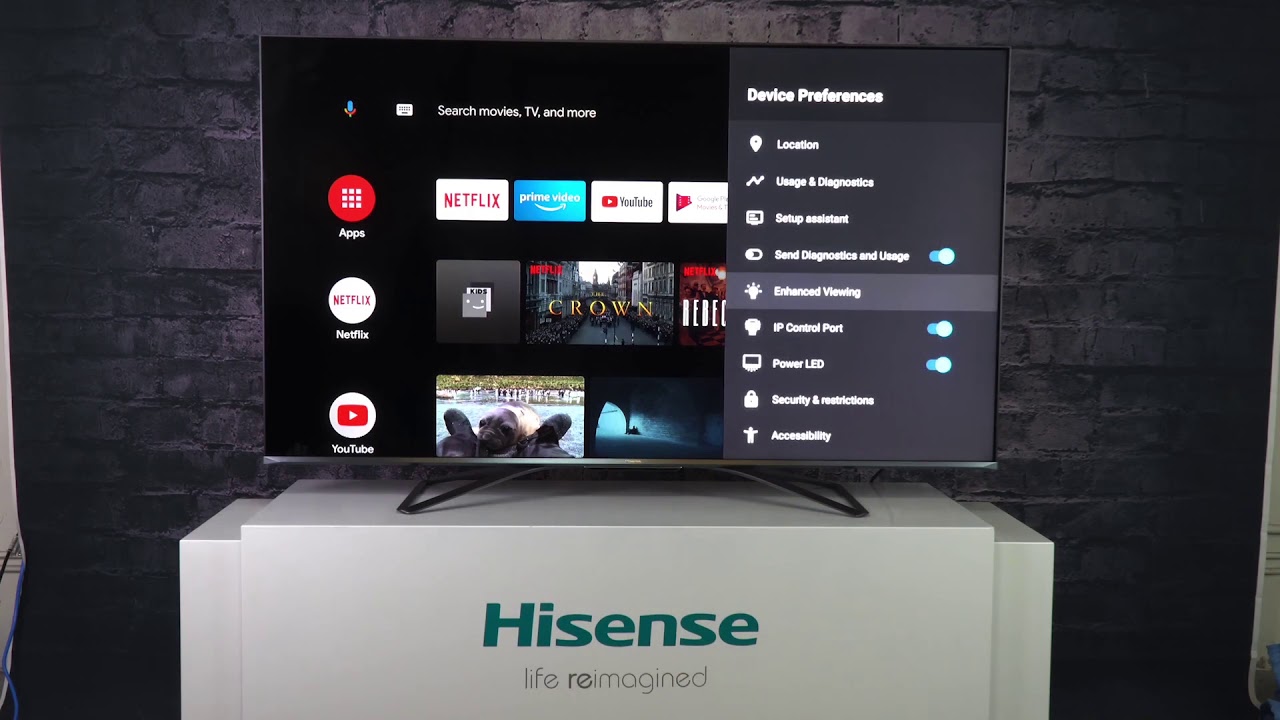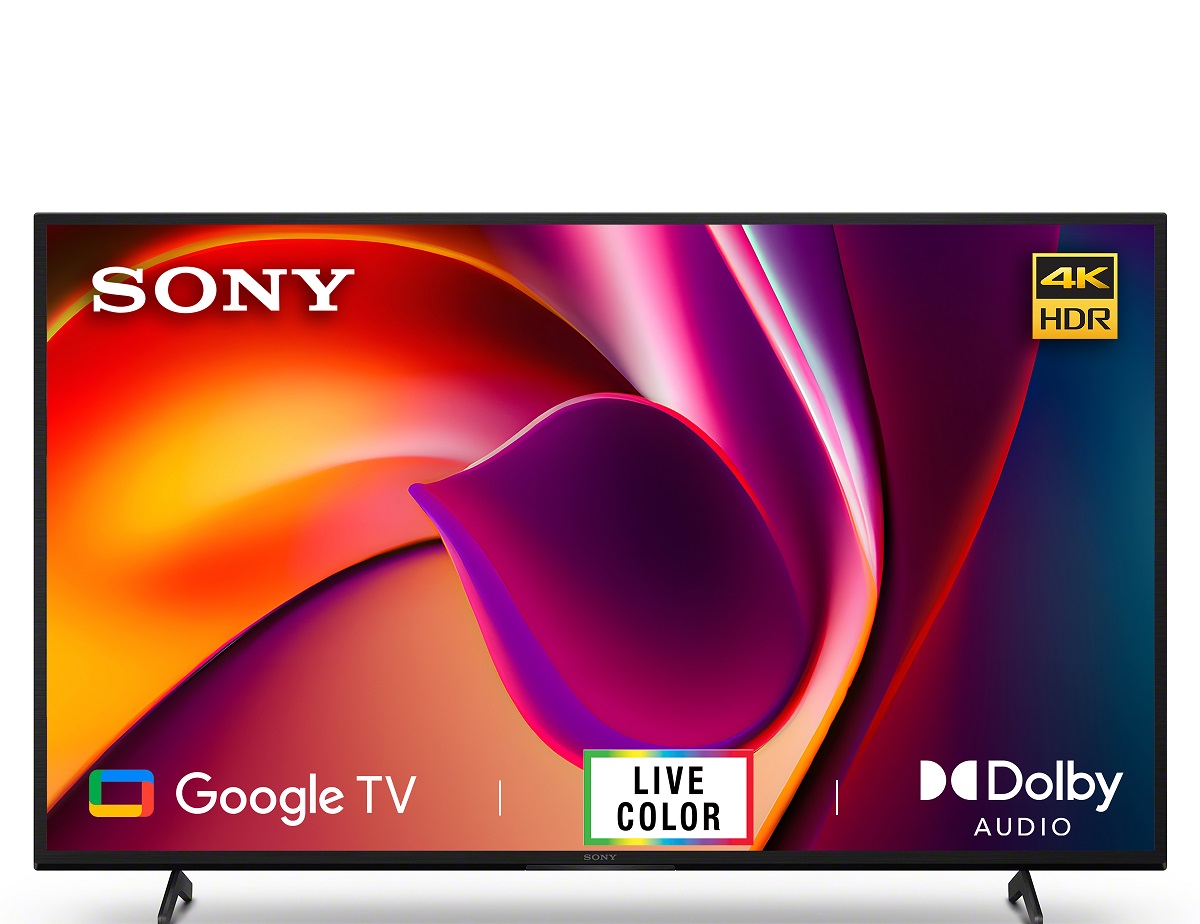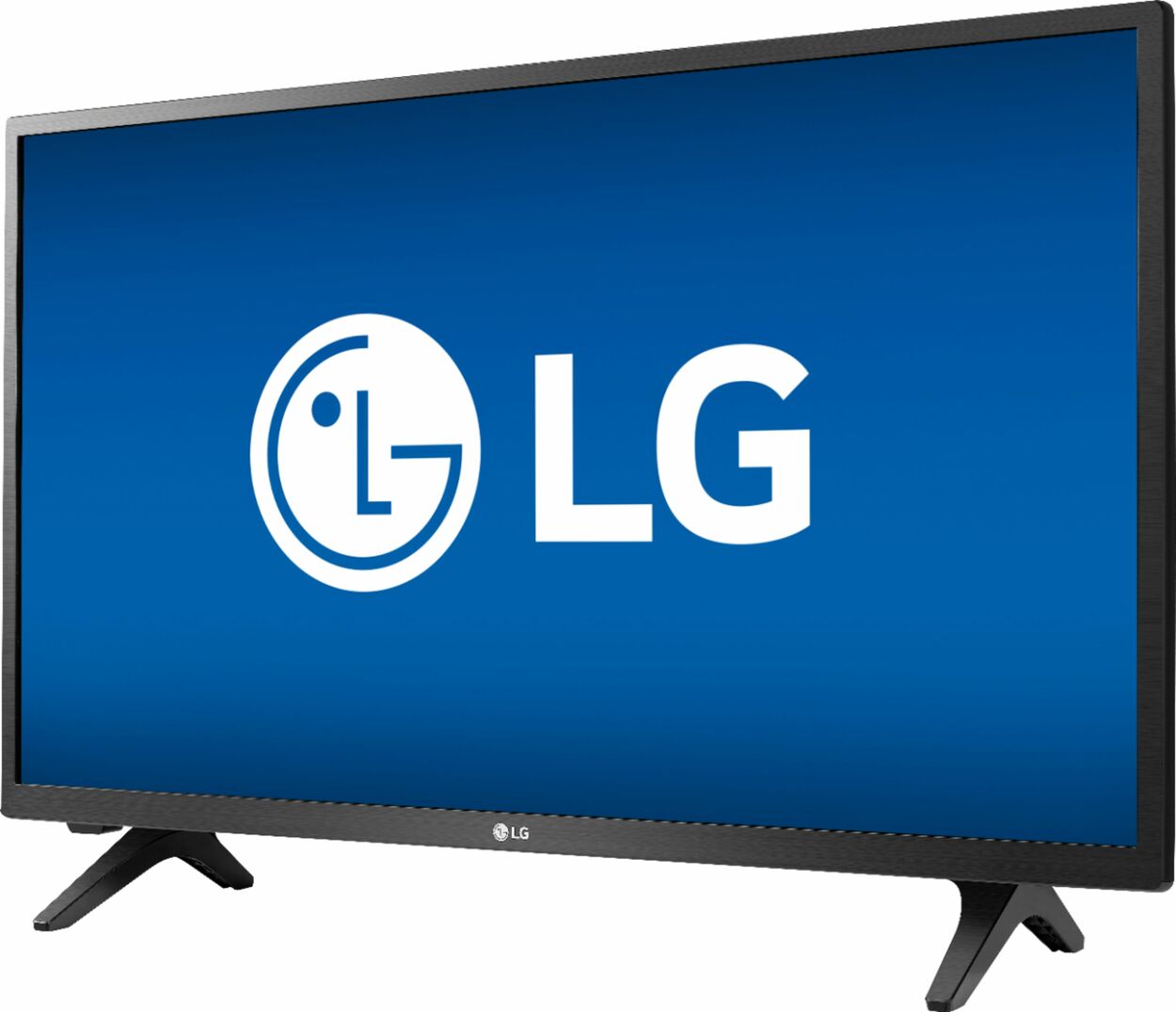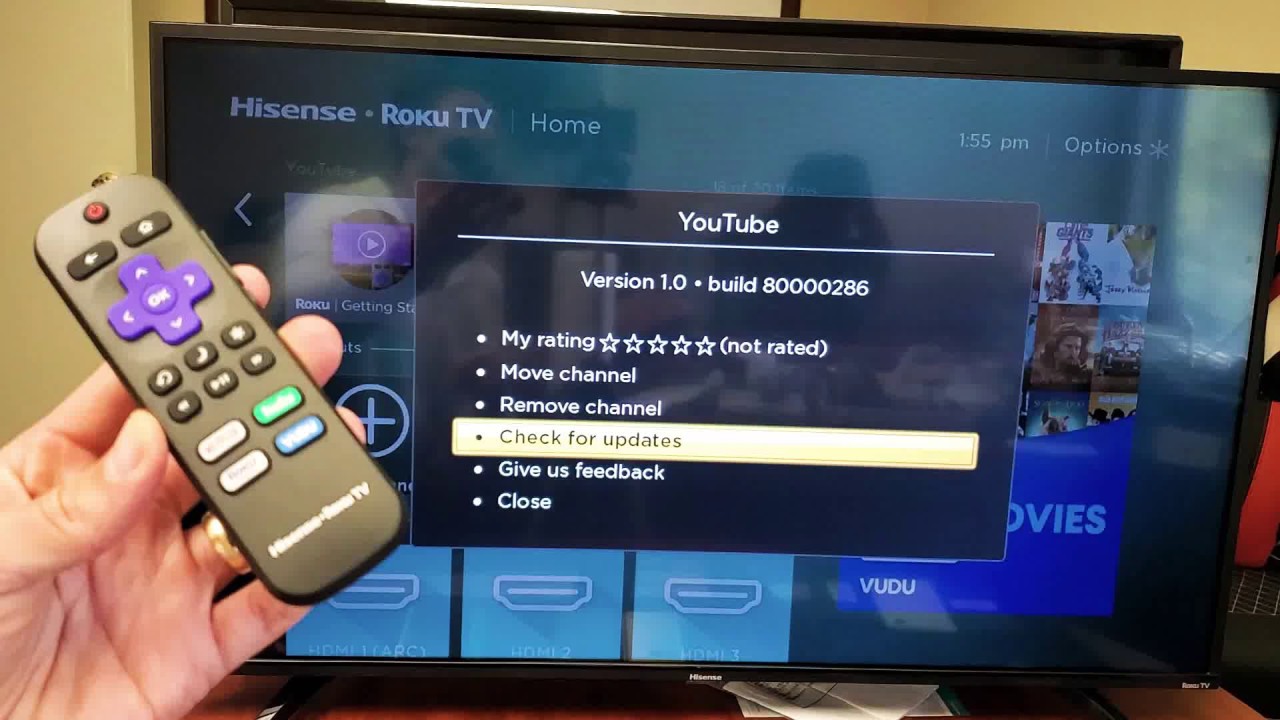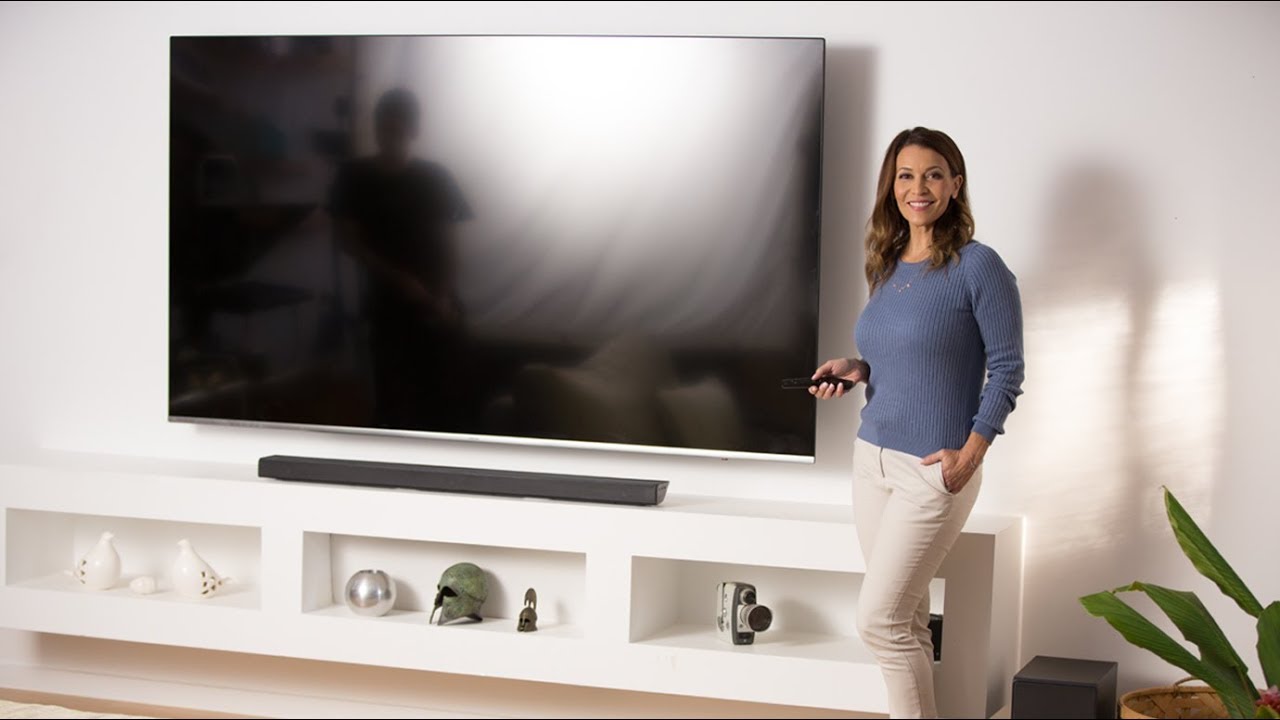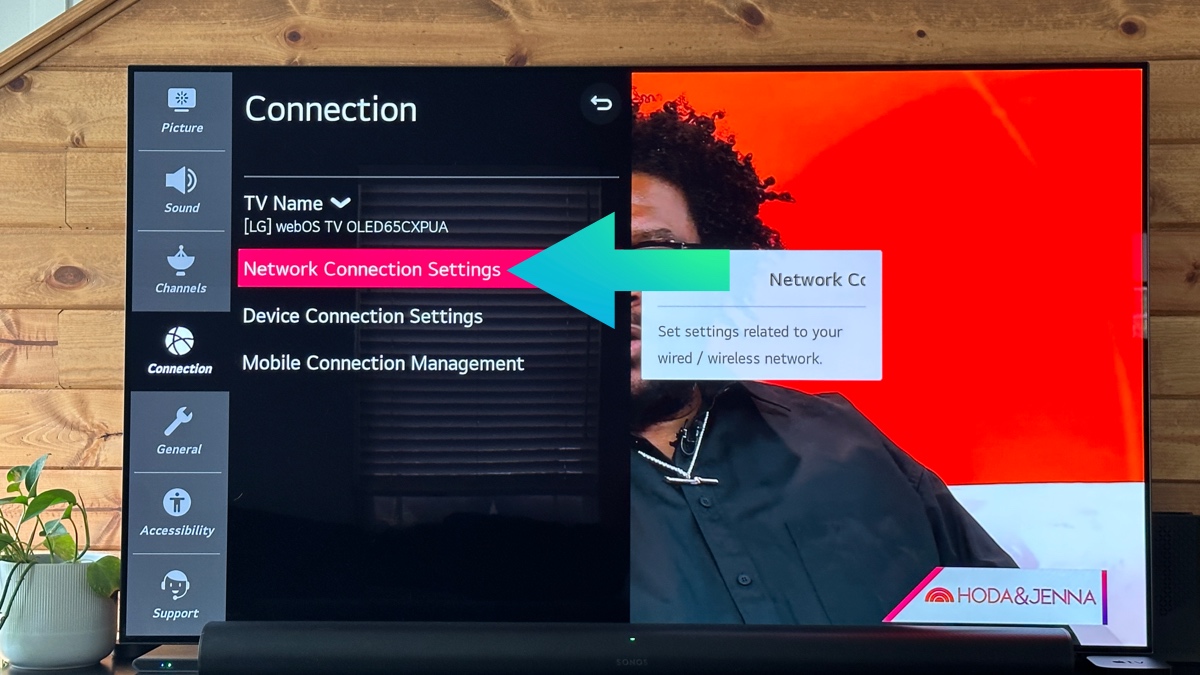Troubleshooting Steps to Fix a Smart TV that Keeps Turning Off
If you’re frustrated with your smart TV constantly turning off, there are several troubleshooting steps you can take to fix the issue. In this guide, we’ll walk you through these steps to get your TV up and running smoothly again.
- Check for Power Issues: The first thing you should do is ensure that your TV is properly plugged in and that the power outlet is working. Sometimes, a loose power cord or a faulty outlet can cause the TV to shut off unexpectedly.
- Look for Software Updates: Smart TVs often receive software updates from their manufacturers to fix bugs and improve functionality. Check if there are any pending updates for your TV’s operating system. Installing the latest software can potentially resolve the issue.
- Reset to Factory Settings: Performing a factory reset on your smart TV can help eliminate any software glitches or settings conflicts that might be causing it to turn off. Keep in mind that this step will erase all your personalized settings, so be sure to back up any important data beforehand.
- Examine the Remote Control: Faulty or stuck buttons on the remote control could be inadvertently triggering the TV to turn off. Inspect the remote for any physical damage or debris and ensure that the buttons are functioning properly.
- Assess the TV’s Sleep Timer: Many smart TVs come with a sleep timer feature that automatically turns off the TV after a specified period of inactivity. Check your TV’s settings to make sure the sleep timer is disabled or adjust it if necessary.
- Check for Overheating: Overheating can cause a smart TV to shut down as a protective measure. Ensure that the TV has enough ventilation and isn’t placed near heat sources. Consider using a fan or adding a cooling pad to prevent overheating.
- Inspect Cables and Connections: Loose or damaged cables can interrupt the power supply to the TV and result in it shutting off. Check all cables and connections to make sure they are secure and in good condition.
- Verify Input Sources: Sometimes, an issue with the input source can cause the TV to turn off. Switch to a different input source, such as a gaming console or DVD player, to determine if the problem persists.
- Consult the Manufacturer or TV Manual: If none of the above steps resolves the issue, it’s recommended to reach out to the manufacturer’s support team or refer to the TV’s manual for further troubleshooting guidance specific to your model.
By following these troubleshooting steps, you should be able to diagnose and resolve the issue of your smart TV turning off unexpectedly. Remember to exercise caution while performing any troubleshooting steps and consult professional help if needed.
Check for Power Issues
One of the first things you should do when your smart TV keeps turning off is to check for power issues. Sometimes, the problem may be as simple as a loose power cord or a faulty outlet. Here are a few steps you can take to diagnose and resolve any power-related issues:
Ensure Proper Power Connection: Start by checking if your TV’s power cord is securely plugged into both the TV and the power outlet. Sometimes, a loose connection can cause the TV to lose power intermittently. If the power cord feels loose, firmly insert it into the respective ports.
Test the Power Outlet: It’s also worth checking if the power outlet is functioning correctly. Plug in a different device, such as a lamp or a phone charger, to see if it receives power. If the outlet is not working, try plugging your TV into a different outlet or consider using a surge protector.
Inspect the Power Cord: Examine the power cord for any signs of damage, such as frayed wires or exposed insulation. If you notice any issues, it may be time to replace the power cord. Using a damaged power cord can be dangerous and may result in frequent power interruptions.
Reset the Power Supply: If your TV is plugged into a power strip or surge protector, try resetting the power supply by turning off the power strip or unplugging it for a few seconds before plugging it back in. This action can sometimes resolve minor power-related issues.
Consider Power Fluctuations: In some cases, power fluctuations or surges in your home’s electrical system may be causing your smart TV to shut off. To protect your TV, consider using a voltage regulator or a UPS (Uninterruptible Power Supply) to keep a stable power supply.
By checking for power issues and addressing them properly, you can eliminate any potential power-related causes for your smart TV shutting off. If the problem persists, move on to the next troubleshooting step to narrow down the issue further.
Look for Software Updates
If your smart TV keeps turning off unexpectedly, it’s crucial to ensure that you have the latest software updates installed. Manufacturers often release software updates to improve the TV’s performance, fix bugs, and introduce new features. Here’s how you can check for software updates:
Check TV Settings: Start by navigating to the settings menu on your smart TV. Look for an option related to software updates or system settings. The exact location of this option may vary depending on the make and model of your TV.
Automatic Updates: Some smart TVs are designed to automatically check for software updates and install them in the background. If this feature is enabled on your TV, it’s possible that the update process is already taking place. However, if the TV keeps turning off, a pending update may be causing the issue.
Manual Check: If your TV doesn’t have automatic updates or you want to manually check for updates, look for a “Check for updates” or a similar option in the settings menu. Select it to trigger the TV to search for any available updates.
Internet Connection: To download and install software updates, your smart TV needs to be connected to the internet. Ensure that your TV is connected to a stable and reliable internet connection. If your TV is connected via Wi-Fi, try resetting the Wi-Fi router or connecting your TV to the router with an Ethernet cable for a more stable connection.
Follow the Update Process: Once your TV has found available updates, follow the on-screen prompts to download and install them. This process may take some time, and during this period, your TV may restart multiple times. It’s important not to interrupt this process to ensure a successful update.
Restart the TV: After the update is complete, it’s a good practice to restart your TV. This can help ensure that the new software updates are fully applied and any lingering issues are resolved.
By regularly checking for software updates and ensuring that your smart TV is running the latest firmware, you can fix any known bugs or software-related issues that may be causing your TV to turn off unexpectedly. If the problem persists, proceed to the next troubleshooting step to pinpoint the cause further.
Reset to Factory Settings
If your smart TV continues to experience frequent shutdowns, resetting it to factory settings can be an effective troubleshooting step. This process will revert your TV back to its original out-of-the-box configuration, eliminating any software glitches or conflicting settings that may be causing the issue. Keep in mind that performing a factory reset will erase all your personalized settings and data, so it’s important to back up any important information beforehand. Here’s how you can reset your smart TV:
Access the Settings Menu: Begin by navigating to the settings menu on your smart TV. The location of this menu may vary depending on the brand and model of your TV. Look for an option like “System Settings” or “Reset” that indicates a factory reset.
Select the Factory Reset Option: Inside the settings menu, you should find an option to perform a factory reset. Be sure to carefully read any on-screen warnings or instructions before proceeding, as this action cannot be undone. Confirm your selection to initiate the reset process.
Enter Security PIN: Some TVs may require you to enter a security PIN before proceeding with the factory reset. Enter the PIN if prompted. If you have not set up a security PIN on your TV, refer to the user manual or contact the manufacturer for assistance.
Follow the Reset Process: Once you have confirmed the factory reset, your TV will begin the process of erasing all data and restoring the original settings. This process may take several minutes, and your TV may restart multiple times. Do not power off your TV during this process.
Set Up the TV Again: After the factory reset is complete, your TV will restart and display the initial setup screen. Follow the on-screen prompts to set up your TV, including connecting to your Wi-Fi network, signing in to your streaming accounts, and adjusting any preferences or settings as desired.
Performing a factory reset can often resolve persistent issues with your smart TV, including the problem of it constantly turning off. However, if the issue persists even after the reset, move on to the next troubleshooting step to narrow down the cause further or seek assistance from the manufacturer’s support team.
Examine the Remote Control
When your smart TV keeps turning off unexpectedly, it’s worth examining the remote control as it could be the culprit behind the issue. Sometimes, stuck or malfunctioning buttons on the remote can inadvertently trigger the TV to shut off. Here are a few steps you can take to examine and troubleshoot the remote control:
Inspect for Physical Damage: Start by carefully examining the remote control for any signs of physical damage. Check for cracked or broken buttons, loose parts, or any other visible issues. If you notice any damage, it’s possible that the remote control needs to be replaced.
Clean the Remote Control: Over time, debris or dirt may accumulate on the surface or within the buttons of the remote control, causing them to stick or malfunction. Use a soft cloth slightly dampened with water or rubbing alcohol to gently clean the remote control. Pay extra attention to the buttons, ensuring they are free of any residue.
Replace the Batteries: If the batteries in the remote control are old or low on power, it can cause erratic behavior or unresponsive buttons. Replace the batteries with fresh ones and make sure they are inserted correctly, following the polarity markings.
Test the Buttons: Press each button on the remote control and observe its response on the TV. Make sure that all the buttons are working as intended and that none of them are sticking or getting stuck in the pressed position. If you find any malfunctioning buttons, contact the manufacturer for a replacement remote.
Try Using a Universal Remote: If you have access to a universal remote control, try using it with your smart TV instead of the original one. This step can help determine if the issue lies with the original remote or with the TV itself. If the TV no longer turns off unexpectedly with the universal remote, it’s likely that the original remote is the problem.
By examining the remote control and ensuring it is in proper working condition, you can eliminate any potential issues related to button malfunctions or inadvertent triggering. If the problem persists after troubleshooting the remote control, proceed to the next troubleshooting step to further investigate the issue or seek assistance from the manufacturer’s support team.
Assess the TV’s Sleep Timer
If your smart TV keeps turning off unexpectedly, it’s important to consider the possibility that the sleep timer feature is causing the issue. Many smart TVs come equipped with a sleep timer that automatically turns off the TV after a specified period of inactivity. Here’s how you can assess and adjust the sleep timer settings:
Navigate to TV Settings: Start by accessing the settings menu on your smart TV. The exact location of the settings menu may vary depending on the brand and model of your TV. Look for an option related to timers, power settings, or sleep settings.
Locate the Sleep Timer Option: Within the settings menu, search for the sleep timer option. It may be labeled as “Sleep Timer” or something similar. Once you find it, select it to access the sleep timer settings.
Disable or Adjust the Sleep Timer: Check the current settings of the sleep timer. If it is enabled, it may be set to a short time duration, causing the TV to turn off frequently. You have the option to disable the sleep timer completely or adjust the duration to a more suitable time. Keep in mind that longer durations may lead to increased power consumption.
Save and Confirm Changes: Once you have made the desired adjustments to the sleep timer settings, make sure to save the changes. Follow any on-screen prompts to confirm your selection and exit the settings menu.
Test the TV: After modifying the sleep timer settings, use your TV as usual and observe if it continues to turn off unexpectedly. If the issue persists, it’s possible that the sleep timer feature is not the cause, and you should move on to the next troubleshooting step.
By assessing and adjusting the sleep timer settings on your smart TV, you can prevent it from turning off automatically after a certain period of inactivity. If the problem continues after modifying the sleep timer settings, proceed to the next troubleshooting step to further investigate the issue or seek assistance from the manufacturer’s support team.
Check for Overheating
One possible cause for your smart TV repeatedly turning off is overheating. When a TV becomes too hot, it automatically shuts down to protect its components. If you suspect overheating as the issue, try the following steps to address it:
Ensure Proper Ventilation: Check the placement of your TV and ensure that there is ample space around it for proper air circulation. Avoid placing it in an enclosed cabinet or against a wall that restricts airflow. Allow at least a few inches of space on all sides to dissipate heat effectively.
Clean Dust and Debris: Over time, dust and debris can accumulate on the vents and fans of your TV, obstructing airflow and causing it to overheat. Use a soft cloth or a can of compressed air to gently clean the vents, removing any buildup that may be present.
Avoid Heat Sources: Keep your TV away from direct sources of heat, such as sunlight, radiators, or other heat-emitting devices. Exposure to excessive heat can cause your TV to overheat more quickly.
Use External Cooling Methods: If your TV is prone to overheating, you may consider using external cooling methods to help regulate its temperature. Place a small fan near the TV or use a cooling pad designed specifically for electronics to help dissipate heat more effectively.
Check Internal Fans: Some smart TVs are equipped with internal cooling fans. Listen for any unusual noises or vibrations coming from your TV, as these could indicate a malfunctioning fan. If you suspect a faulty fan, it is recommended to contact the manufacturer for assistance or seek professional repair.
Monitor Operating Time: If you frequently use your TV for extended periods, it may be more prone to overheating. Consider taking breaks or reducing the usage time to allow the TV to cool down intermittently.
By checking for overheating and taking appropriate measures, you can prevent your smart TV from shutting down unexpectedly due to excessive heat. If the issue persists even after addressing overheating concerns, proceed to the next troubleshooting step to narrow down the cause further or consult the manufacturer’s support team for further assistance.
Inspect Cables and Connections
When your smart TV keeps turning off, it could be due to loose or faulty cables and connections. Inadequate or intermittent power supply from cables can result in unexpected shutdowns. Here’s what you can do to inspect and troubleshoot the cables and connections:
Check Power Cable: Start by examining the power cable that connects your TV to the power outlet. Ensure that it is securely plugged into both the TV and the outlet. If it feels loose or damaged, try using a different power cable or replacing it with a new one.
Inspect HDMI or AV Cables: If you are using HDMI or AV cables to connect external devices to your smart TV, check for loose connections or damaged cables. Verify that the cables are securely plugged into both the TV and the external device. Consider replacing any damaged cables to ensure a stable connection.
Remove and Reconnect Cables: Sometimes, simply removing and reconnecting the cables can help establish a better connection. Turn off your TV and unplug all cables connected to it, including the power cable and any HDMI or AV cables. Wait for a few minutes, then reconnect and secure all cables properly.
Use Different Ports: If your smart TV has multiple HDMI or AV ports, try connecting your external devices to different ports. This step can help identify if a specific port is causing the issue. Sometimes, a faulty port can result in intermittent power supply or signal disruptions.
Inspect for Physical Damage: During the cable inspection process, check for any physical damage such as frayed wires or bent pins. Any visible damage can affect the connectivity and cause the TV to shut off unexpectedly. In such cases, replace the damaged cables or seek professional assistance.
Test the TV: After inspecting and securing all cables and connections, turn on your TV and observe if it continues to turn off unexpectedly. If the issue persists, proceed to the next troubleshooting step to narrow down the cause further.
By inspecting and ensuring proper connections of the cables, you can eliminate any potential issues related to power supply or signal interruptions. If the problem persists after checking the cables and connections, move on to the next troubleshooting step or consult the manufacturer’s support team for further guidance.
Verify Input Sources
When your smart TV keeps turning off unexpectedly, it’s essential to verify the input sources connected to it. Sometimes, issues with the input sources can cause the TV to shut off or display intermittent behavior. Follow these steps to verify and troubleshoot the input sources:
Check External Devices: If you have any external devices, such as gaming consoles, DVD players, or cable boxes, connected to your smart TV, ensure they are powered on and functioning correctly. A malfunctioning or incompatible device can cause the TV to turn off or behave unexpectedly.
Disconnect External Devices: Temporarily disconnect all external devices from your TV and observe if the issue persists. If the TV no longer turns off unexpectedly, the problem might be related to one of the external devices. Reconnect each device one at a time, verifying if the TV continues to function properly after each connection.
Inspect Cables: Examine the cables connecting the external devices to your smart TV. Ensure they are securely plugged into both the TV and the external devices. Any loose or damaged cables can cause intermittent power supply or signal disruptions, leading to unexpected shutdowns.
Swap Cables or Try Different Inputs: If possible, try using different cables or different inputs on your TV to connect the external devices. This step can help identify if the issue is caused by a faulty cable or a specific input on the TV. Sometimes, a damaged cable or a defective input can disrupt the power supply or interrupt the signal.
Test Different Input Sources: If you have multiple input sources connected to your smart TV, such as HDMI, AV, or USB, test each input source individually. Switch to a different input source and observe if the TV continues to turn off unexpectedly. This step can help narrow down if the issue is specific to a particular input source.
Contact Manufacturer or Device Support: If you identify that a specific external device or input source is causing the issue, consult the manufacturer’s support team for that device or contact the device’s support directly. They can provide you with troubleshooting guidance specific to the device and help resolve the issue.
By verifying and troubleshooting the input sources connected to your smart TV, you can identify if a specific external device or input is causing the unexpected shutdowns. If the problem persists after checking the input sources, proceed to the next troubleshooting step or consult the manufacturer’s support team for further assistance.
Consult the Manufacturer or TV Manual
If you’ve followed all the previous troubleshooting steps and your smart TV continues to turn off unexpectedly, it’s time to consult the manufacturer’s support team or refer to the TV’s manual for further guidance. Here’s what you can do:
Contact the Manufacturer: Reach out to the manufacturer’s support team for assistance. Most manufacturers provide customer support via phone, email, or live chat. Explain the issue you’re facing in detail and provide them with the make and model of your TV. They should be able to provide specific troubleshooting steps or recommend further action.
Visit the Manufacturer’s Website: Many manufacturers have dedicated support sections on their websites. Visit the manufacturer’s official website and navigate to the support or troubleshooting section. Look for FAQs, user guides, or troubleshooting articles related to your specific TV model. You may find valuable information or step-by-step instructions to resolve the issue.
Refer to the TV Manual: The TV’s user manual is a valuable resource for troubleshooting common issues. Locate the manual that came with your TV, either in physical or digital form. Look for troubleshooting sections or an index that can guide you to relevant information. Follow the recommended steps in the manual to troubleshoot and resolve the problem.
Provide Relevant Information: When contacting the manufacturer or referring to the TV manual, be prepared to provide specific details about the issue, such as the frequency of the TV turning off, any error messages displayed, or any recent changes made to the TV’s settings. This information will help the support team or manual to pinpoint the issue more accurately.
Consider Professional Repair: If the troubleshooting steps provided by the manufacturer or TV manual do not resolve the issue, it may be necessary to seek professional repair. Contact authorized service centers or technicians who specialize in TV repairs. They can diagnose and fix any hardware-related issues that may be causing the TV to turn off unexpectedly.
By consulting the manufacturer’s support team or referring to the TV’s manual, you can access expert guidance and specific instructions tailored to your smart TV model. They can provide valuable insights and additional troubleshooting steps to help resolve the issue. If necessary, seek professional repair to ensure your TV gets the proper attention it needs.







